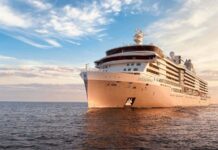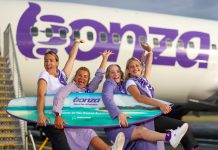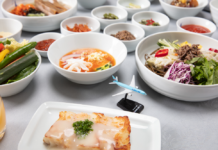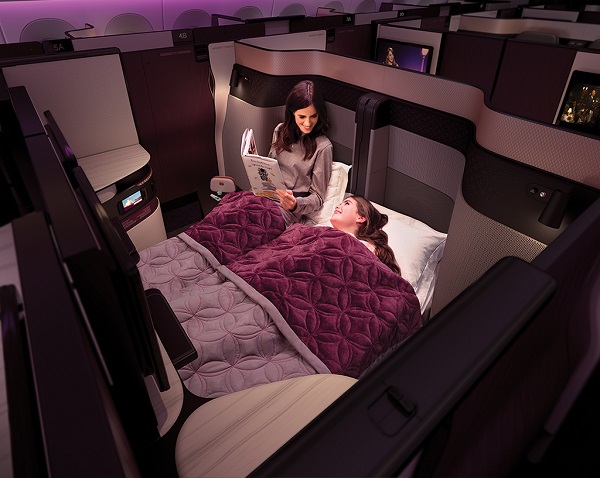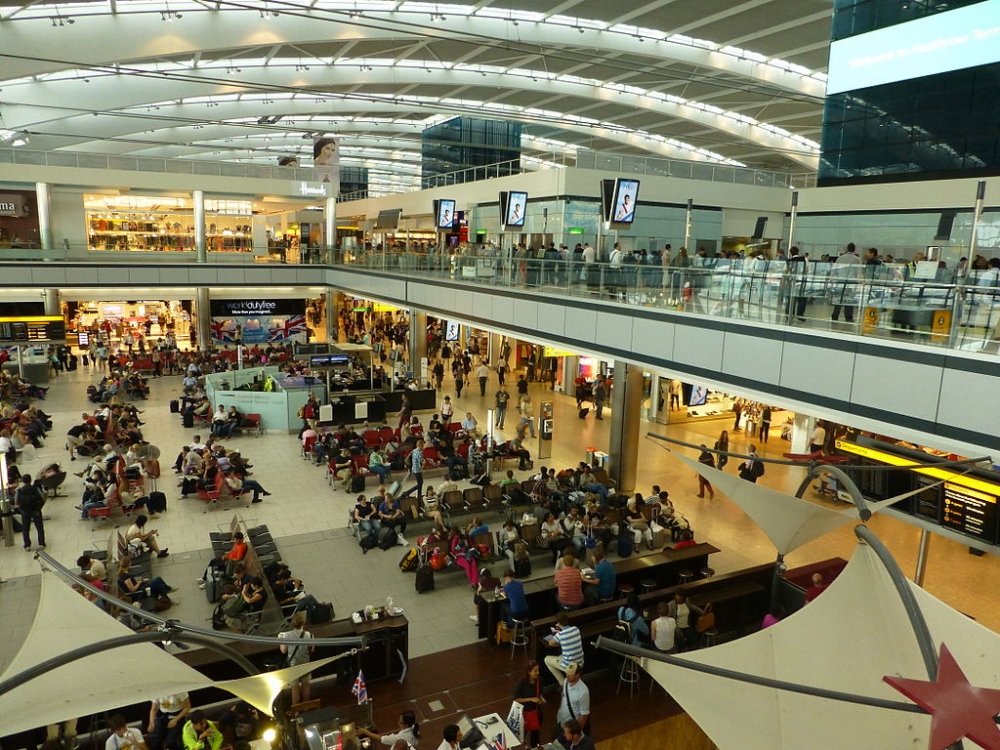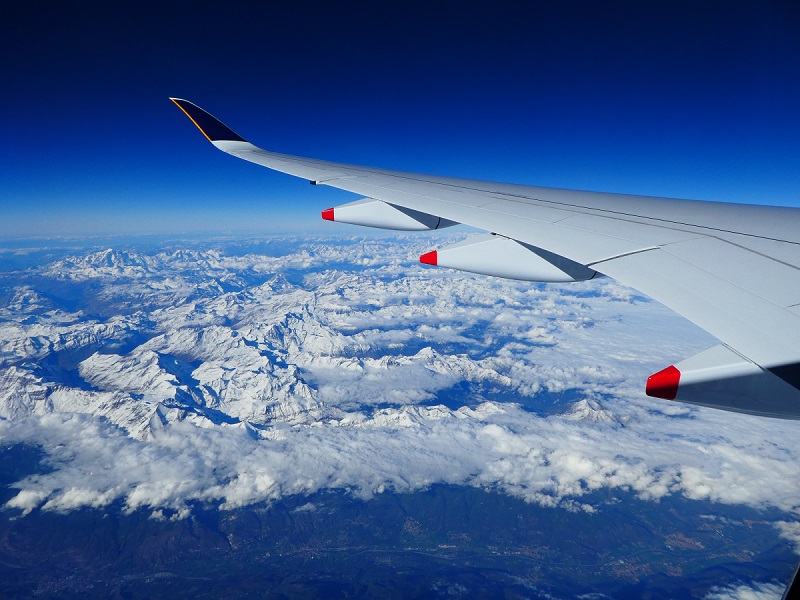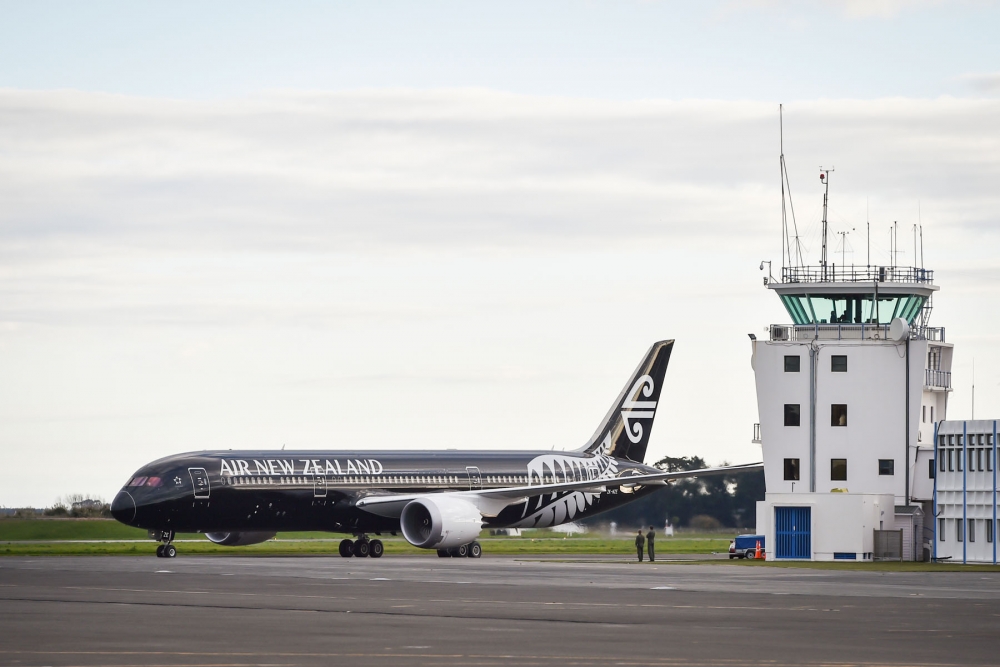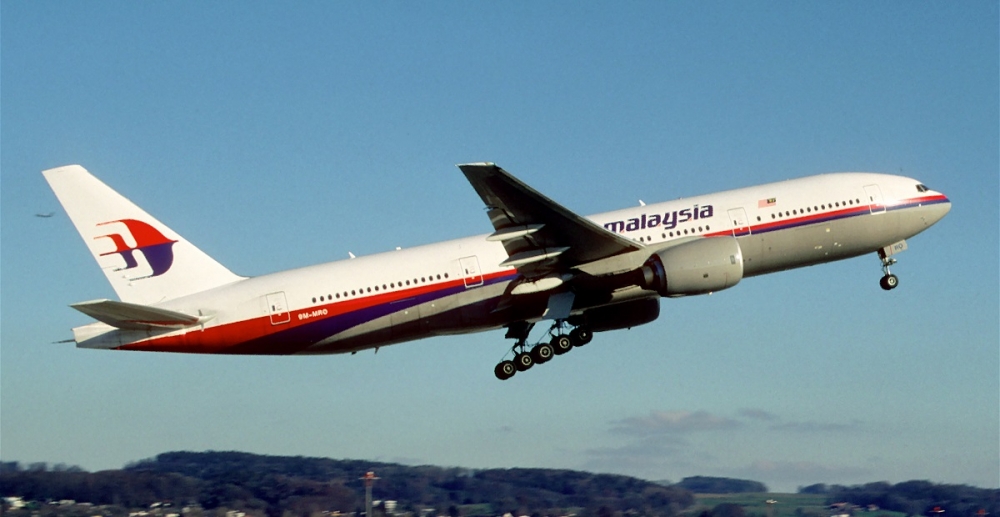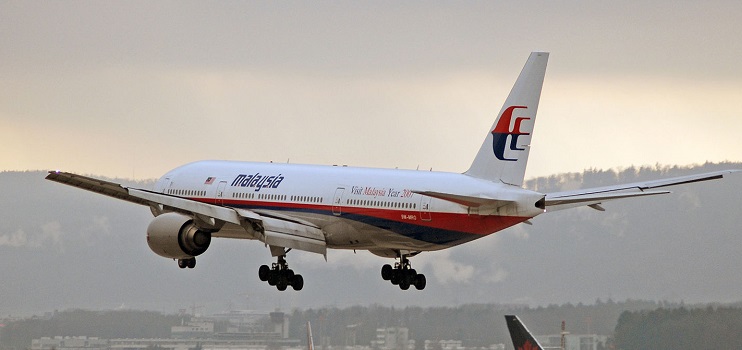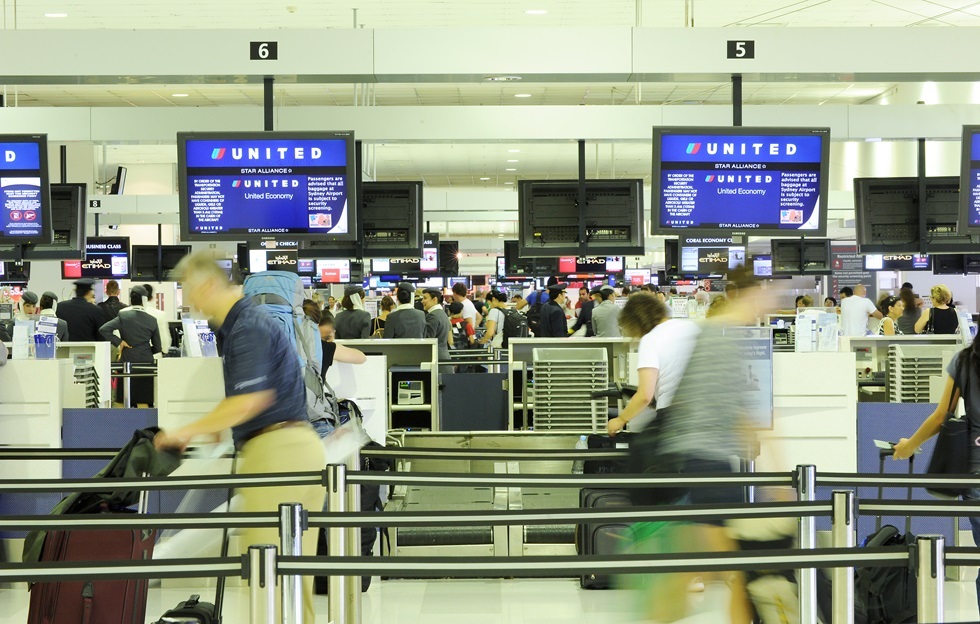Gulf carrier Qatar has significantly upped the ante in business class with a remarkable new product that offers customisable suites allowing passengers to create their own private “room” as well as set up double beds in centre seats.
Boasting features previously seen only in first class and called Qsuite, the patented suite was unveiled at ITB Berlin on Wednesday by Qatar airlines chief executive Akbar Al Baker in a life-size cross-section of an aircraft.
Each 79-inch lie-flat seat features hand-stitched Italian leather and comes with a privacy screen that allows passengers to create their own private cabin. At 21.5 inches wide, they are not the widest business seats in the sky but the suite features plenty of space for devices and documents, USB and HDMI connectivity and a big 21.5-inch HD screen featuring the airline’s new Oryx One entertainment system with up to 3000 entertainment options. Other features include special accent lighting, a do not disturb indicator and moveable armrests.
The airline also signalled it would be offering “ best-in-class inflight connectivity” from this northern summer.
Qsuite is the result of two years of research by Qatar and features centre seats that can be transformed into a double cabin, with the first double bed in business class, or a space for four people called a “quad”. It will be retrofitted on existing aircraft from June at an estimated rate of one aircraft a month. The first aircraft to get the aircraft will be a new Boeing 777-300ER on the Doha-London route from June with Paris and New York's JFK next in line at yet-to-be-released dates. The B777-300 will feature 42 business class suites in a 1-2-1 configuration.
With the quad, adjustable panels and TV monitors in the centre four seats allow passengers travelling together to transform the space into a private suite where they can work, dine and socialise together.
“Our unique and patented design is a world first in many ways and challenges industry norms by offering passengers more privacy, more choice and more personalisation.,’’ Al Baker said.
“With these innovations, Qatar Airways has revolutionised the way we serve our business class travellers, enabling our passengers to enjoy a first class experience in business class. ‘’
The new suite will combine with on-demand dining featuring a new food and beverage service with a new menu the airline says will offer a host of new dining choices including “sharing dishes’’.
New chinaware and cutlery will be accompanied by up-mark bed linen, the recently-announced sleeper suits by the White Company and bespoke amenity kits.
Qatar has a fleet of 194 aircraft flying to more than 150 key business and leisure destinations across six continents.



